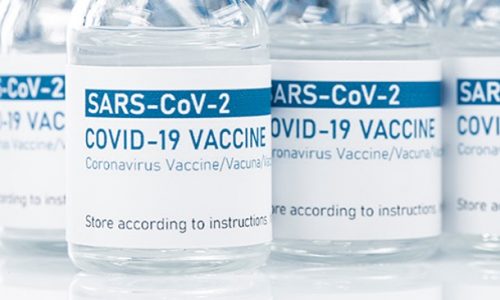ICAO wants closer collaboration and procedural alignment among air transport stakeholders to get the billions of doses to their destinations safely, securely and rapidly.
ICAO Secretary General Dr. Fang Liu, said: “We must continue to reinforce to decision makers that air cargo supply chains are critical to these efforts.”
Speaking to European and North Atlantic Directors General of Civil Aviation (DGCAs), Dr. Liu remarked: “ICAO has published safety and security guidelines for the distribution of COVID-19 vaccines, and we’ve also enacted our Vaccine Action Plan to more efficiently align vaccine efforts with applicable CART guidance and other ICAO provisions related to air cargo.”
Vaccine distribution is consistent with the traditional expectation societies have placed on air freight for the global distribution of many pharmaceuticals, through well-established global procedures. Some COVID vaccines, however, pose exceptional temperature requirements far beyond what aircraft and supply chains were formerly expected to maintain.
“Our latest vaccine planning takes on board economic considerations, as well as the relevant provisions of Annexes 6, 9, 17, 18 and 19 to the Chicago Convention which are relevant to efficient and safe transport of vaccine cargo by air,” Dr. Liu stated. “More will be required, however, including the adaptation of current infrastructure, procedures, and resources. These responses in turn will need to be tailored on the basis of whether a country is a vaccine supplier or recipient, or both in some cases.”
Dr. Liu also stressed how Europe’s numerous international borders and varying pandemic requirements make the current cooperation being undertaken by DGCA’s through ICAO’s EURNAT Office more critical than ever.
“European carriers have been among the worst affected by COVID‑19, suffering more financial failures than anywhere else in the world, Dr. Liu commented.”
She added: “and I would recall in this context ICAO’s new guidance on economic and financial measures, designed to help States alleviate the challenges carriers and other stakeholders are facing and maintain essential connectivity.”

